That's because it is (or can be) represented by a graph. Boggle words are made from adjacent letters that run horizontally, vertically, or diagonally. So you can make a graph of connections between letters, by following this rule. Additionally, DFS will not visit a node twice, because it keeps a list of nodes already visited. So it satisfies the other rule that a letter can be used only once.
DFS (and BFS, too), will eventually discover every path through the graph, so you can compare the list of paths so generated with a dictionary of valid words to determine the total number of valid words from a single Boggle board.
The most well-known use of DFS is of course for pathfinding - almost any space can be mapped into a graph and then the shortest or longest path found. DFS can be good for finding the radius of a graph, and thus the centre-most node. This can be useful for things like flood-fill algorithms, where you want to fill the interior of an irregular shape quickly, as the edge expansion will happen the fastest when started from the center of the graph.
